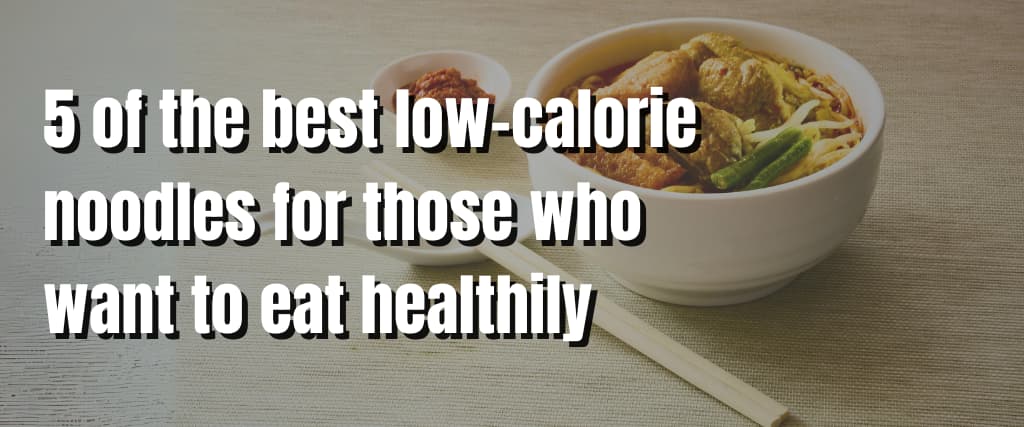Noodles have become a household staple across Australia because they are easy to make, satisfying to eat, and extremely versatile additions to many meals.
However, some people have purposely avoided noodles because they can be high in carbohydrates when measured per gram.
Subsequently, there are many health-conscious eaters across this Great Southern Land that are looking for a low-calorie alternative.
Well, we are here to help!
In this article, we will provide an overview of five of the lowest calorie noodles you can currently make or buy. Choose any of these and you can continue to enjoy your favourite Asian dish without the guilt of carb-over load, and therefore maintain a healthy figure.
Quinoa Noodles (191 Calories per 100g)
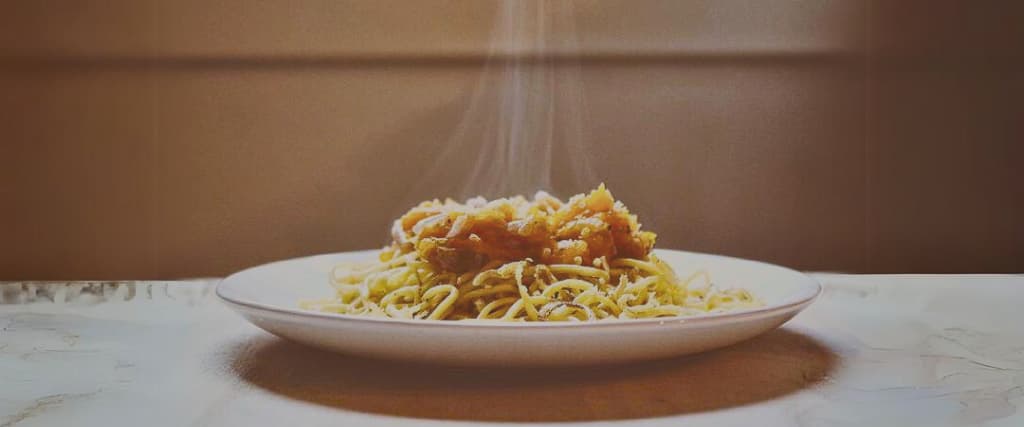
Quinoa noodles are a good alternative that delivers complete protein and provides you with the nine essential amino acids that your body needs.
These noodles are made from quinoa flour and they offer several nutritional benefits such as being high in protein. Additionally, they are gluten-free and contain high levels of vitamins and minerals such as iron and vitamins B and E.
For this reason, Quinoa noodles offer a healthy and tasty alternative to other noodle options that are traditionally derived from wheat flour.
Here is how you should make quinoa noodles:
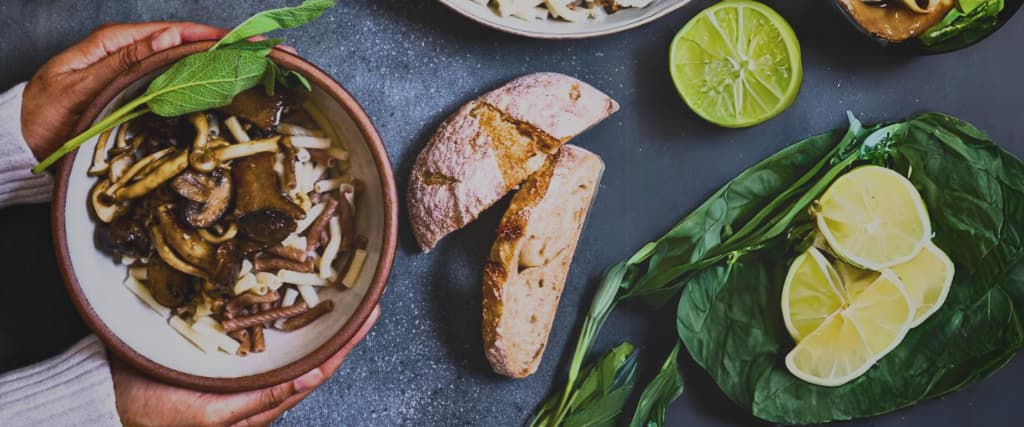
- In a pot, bring to the boil four pinches of salted water over high heat.
- Once the water has boiled, add the noodles to the pot.
- Stir the noodles to make sure that none of them stick together or to the bottom of the pot.
- Continue boiling the noodles on high heat, stirring occasionally until the water returns to a rolling boil (this usually takes around 2 minutes).
- Once the water begins to bubble and foam, you may wish to reduce the temperature to prevent it from boiling over.
- Boil the noodles for another 5-7 minutes, depending on their shape and size.
- Drain and rinse the noodles, and toss them with a little bit of butter or olive oil to prevent them from sticking together.
Soba Noodles (99 Calories per 100g)
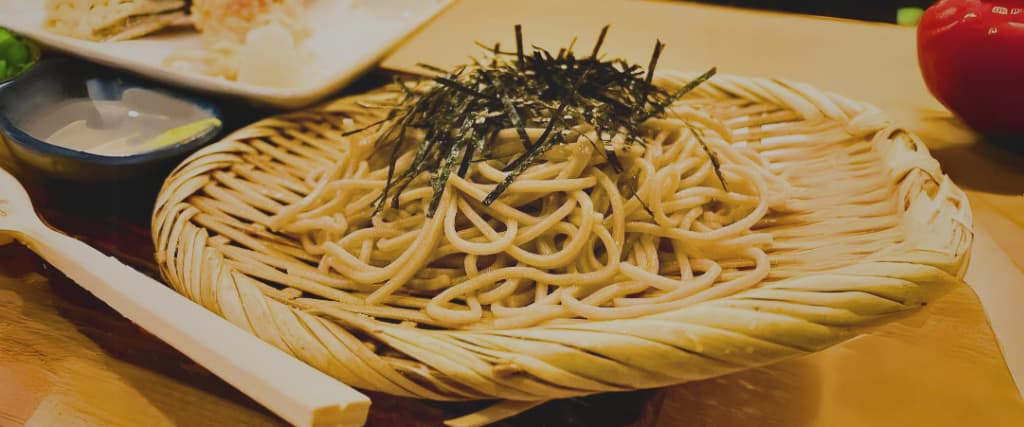
Soba noodles are also gluten-free, given that they are made with buckwheat. This makes them a good choice for those who suffer from celiac disease or with gluten sensitivity.
Buckwheat contains more fibre than many other noodle varieties. At the same time, these types of noodles are low in calories and have a chewy texture and nutty flavour that pairs well with hot and cold savoury dishes.
It’s important to check the product label as each brand may use different ingredients in their soba noodles. That said, if you’re looking to add more protein to your diet, they are an excellent option.
To prepare Soba Noodles, follow these simple steps:
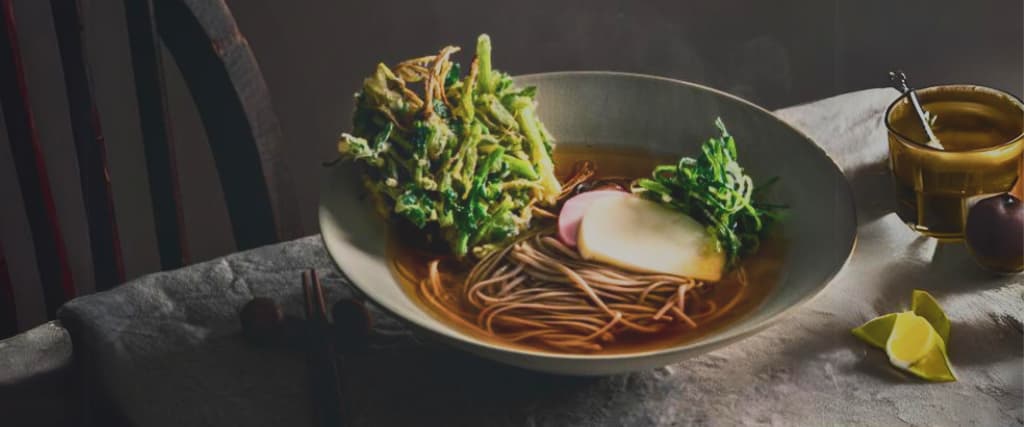
- Start by bringing a pot of water to boil.
- Once the water reaches boiling point, carefully add the noodles to the pot and stir gently to ensure they are all immersed in the water.
- Bring the water back to a gentle boil and then reduce the heat to a simmer.
- Allow the noodles to cook for around 7-8 minutes. If you notice the water starting to foam and boil over, add half a cup of cold water to bring the temperature down.
- To check whether the noodles are ready, taste them.
- Once the noodles are cooked, drain them using a strainer.
- Next, return the noodles to the pot and fill them with cold water.
- Wash the noodles a few times, stirring them gently, until the water runs clear.
- Finally, you can serve the noodles cold, add them to a broth or sauté them according to your preference.
Zucchini Noodles (16 Calories per 100g)
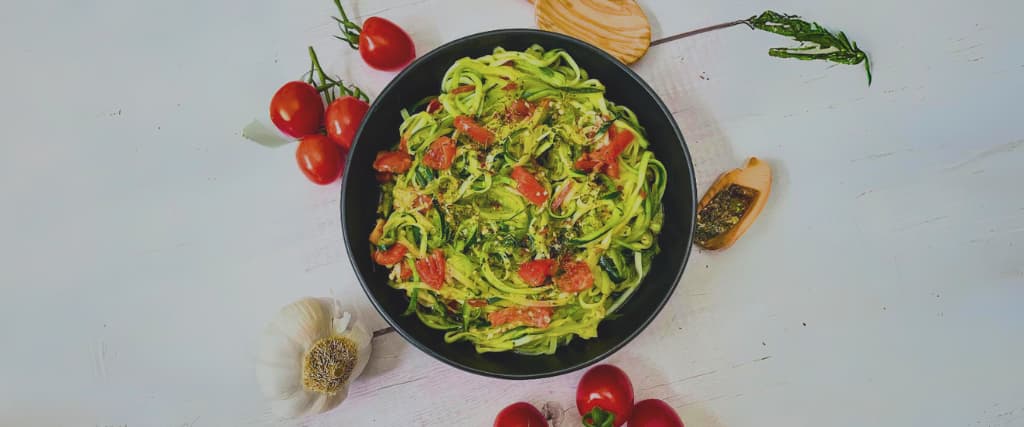
If you’re a fan of noodles and looking to add more vegetables to your diet, zucchini noodles are a fantastic plant-based option to consider.
As most of us don’t consume enough vegetables, substituting them for noodles is a creative way to increase your daily intake.
Zucchinis are rich in essential nutrients like vitamins A, folate, potassium and fibre, making them a healthy choice for your meals. With the added benefit of being low in calories, zucchini noodles are an excellent addition to your diet for a healthier lifestyle.
How to make Zucchini Noodles:
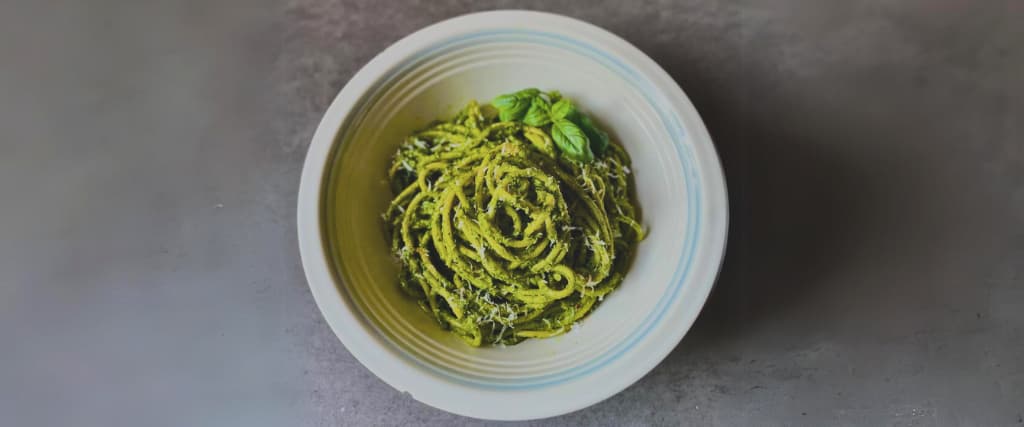
Preparing zucchini noodles is a simple process that requires only a peeler. The peeler will slice the thinnest and most delicate noodles, which can be pulled apart using your fingers.
Although zucchini noodles can be served raw, you can also soften them up by cooking them.
- To cook the noodles, use a non-stick pan with a tablespoon of your preferred oil and heat on medium-high.
- Stir-fry the noodles and toss them often to avoid sogginess.
- They will release water and cook fast, so only cook them for 2-5 minutes.
Whole Grain Noodles (348 Calories per 100g)
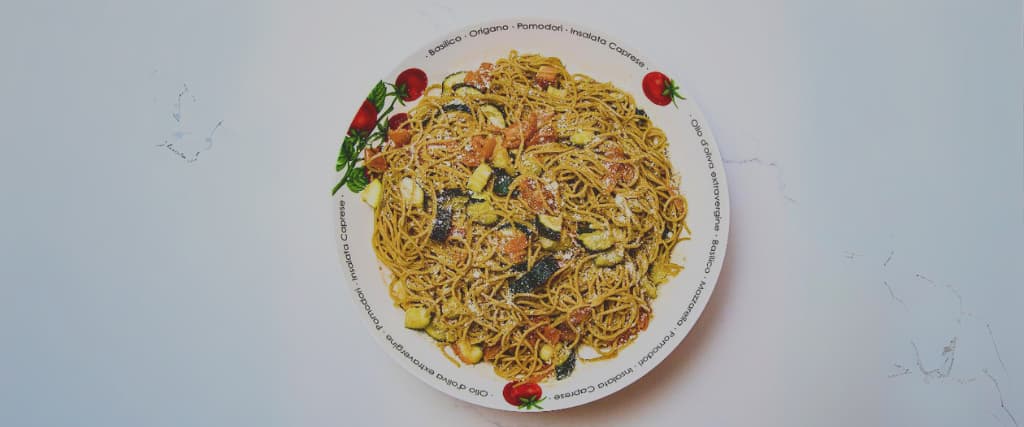
Whole grains are an essential part of a healthy diet. They are placed in the foundation layers of the food pyramid, indicating their importance.
High in fibre, they provide a valuable source of minerals and vitamins, making them necessary for everyday consumption. You can easily find whole grains in most grocery stores. However, different brands of whole grains can have varying tastes, so it’s best to try a few to find one that you prefer.
Whole-grain noodles are available in differing sizes and shapes so you should enjoy trying each of the different varieties.
To make up whole grain noodles:
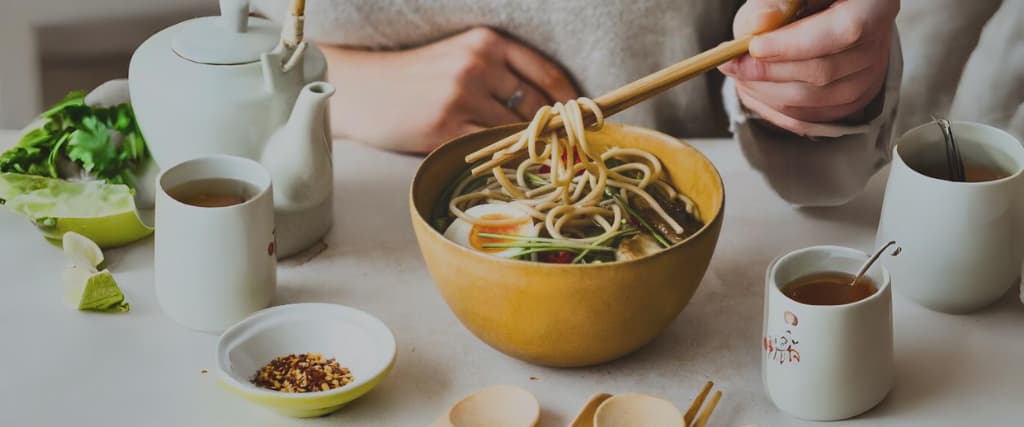
- Bring a large pot of water to a boil and add a generous amount of salt.
- Once the water has boiled, add the noodles and cook for approximately 12 minutes.
- To check if the noodles are ready, look for a floury white circle at the centre of the noodle. Once this disappears, this indicates that the noodles are perfectly cooked.
Shirataki Noodles (11 Calories per 100g)
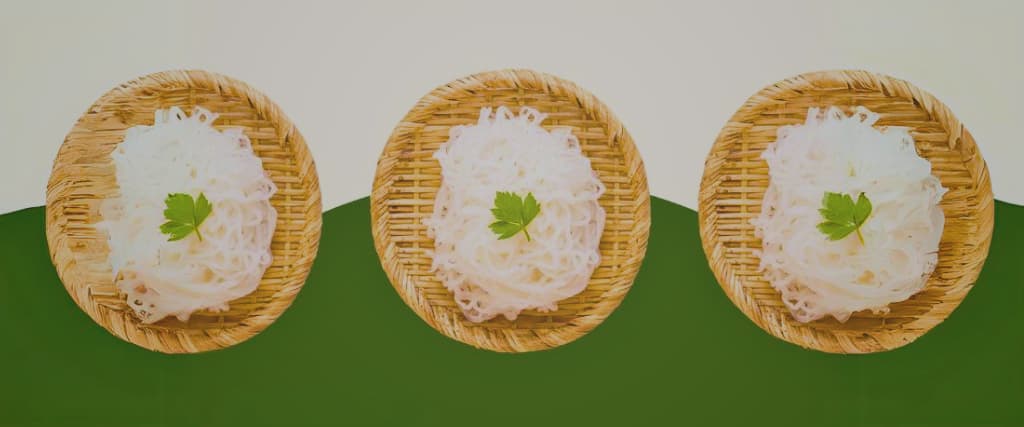
Shirataki noodles are a unique food that is both very filling and extremely low in calories.
Made from water and starch from the roots of the konjac plant, these noodles are high in glucomannan, a type of fibre that offers impressive health benefits.
Glucomannan, found in these noodles, acts like a dietary fibre in the digestive system, which means the body doesn’t break it down for energy. As a result, shirataki noodles are extremely low in calories and carbohydrates, providing very little energy.
Because of their versatility and nutritional properties, these types of noodles have gained popularity worldwide in recent years.
To cook Shirataki noodles
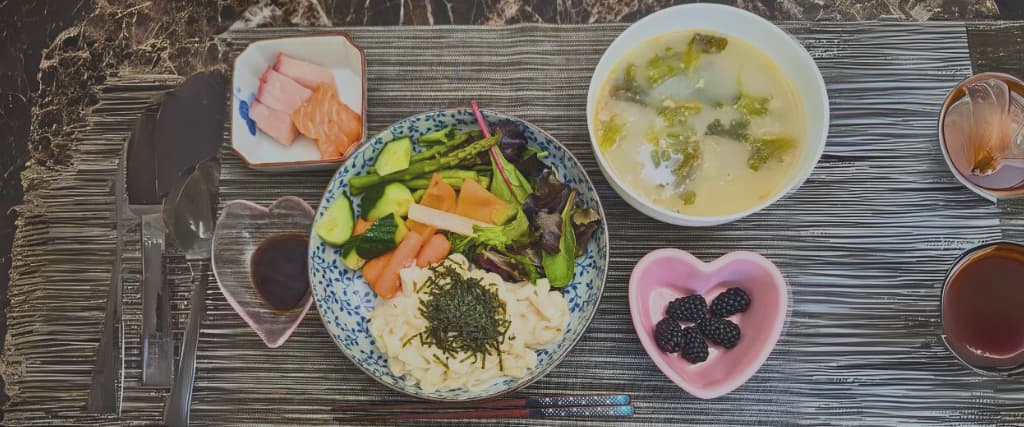
- Start by rinsing them well. Then fill a saucepan with water and bring it to a boil.
- Add the noodles and cook them for around 3 minutes.
- Next, add a dash of vinegar and drain the noodles.
- Place them in a pot and cook on high for around 10 minutes.
Live a Healthier Life with These Low-Calorie Noodles
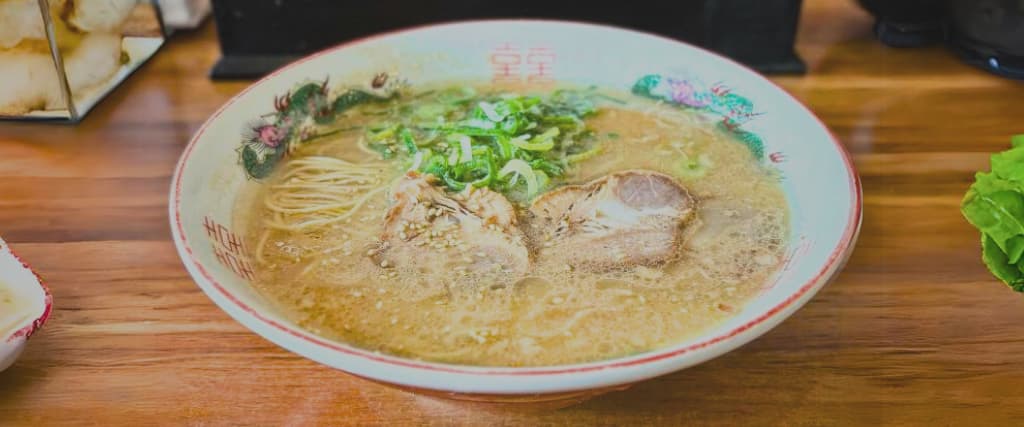
We hope this list has proved to you that you don’t have to sacrifice your favourite noodle dishes for bland diet foods to maintain a healthy figure.
These low-calorie noodles are both delicious and healthy, making you feel like you’re not even on a diet!

